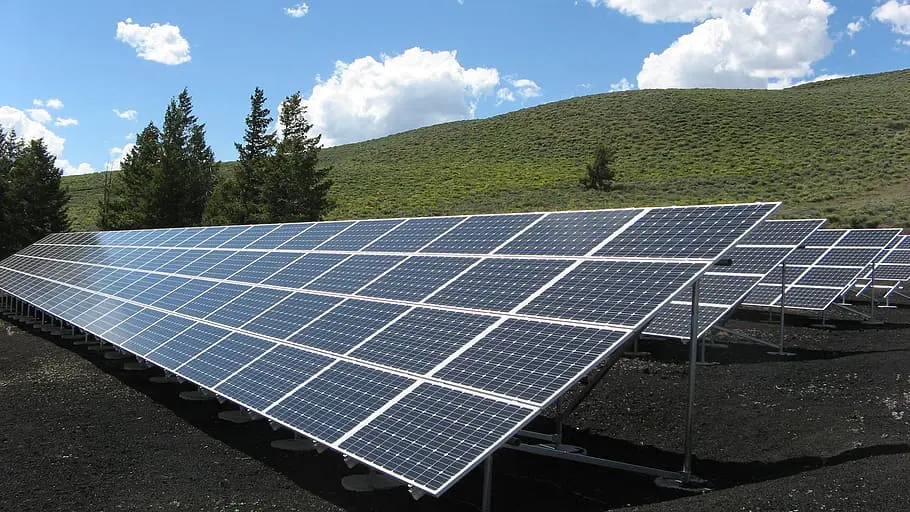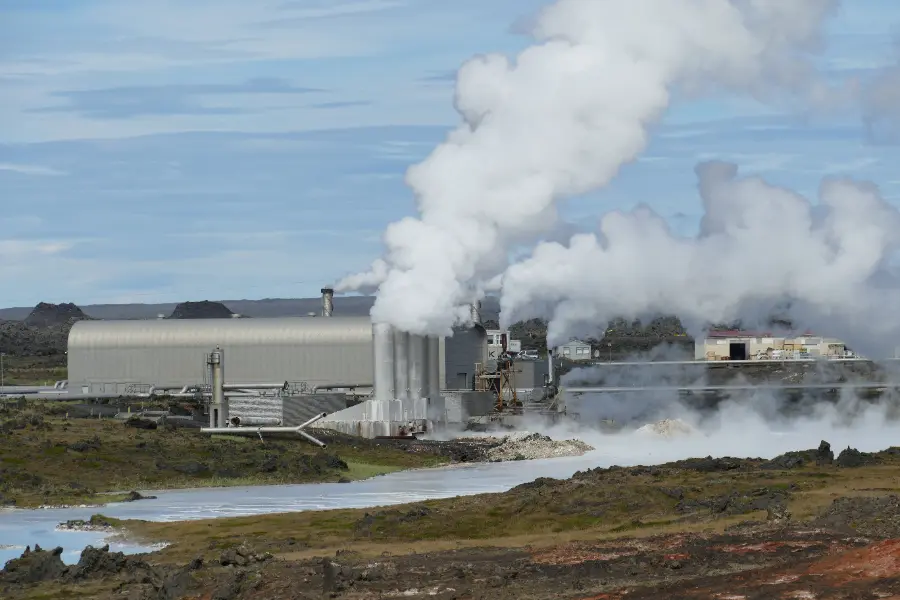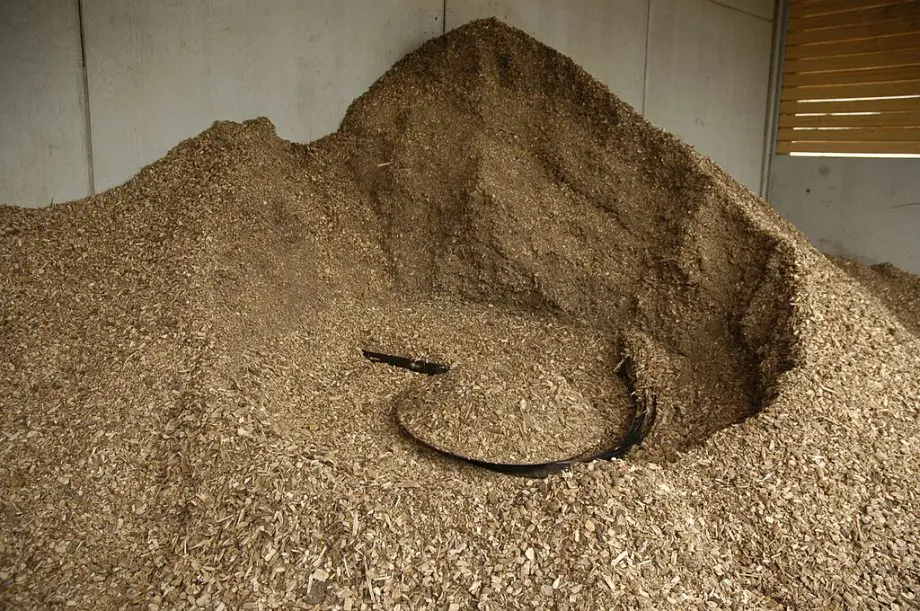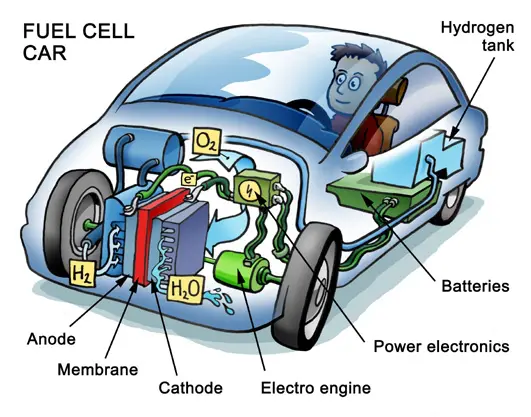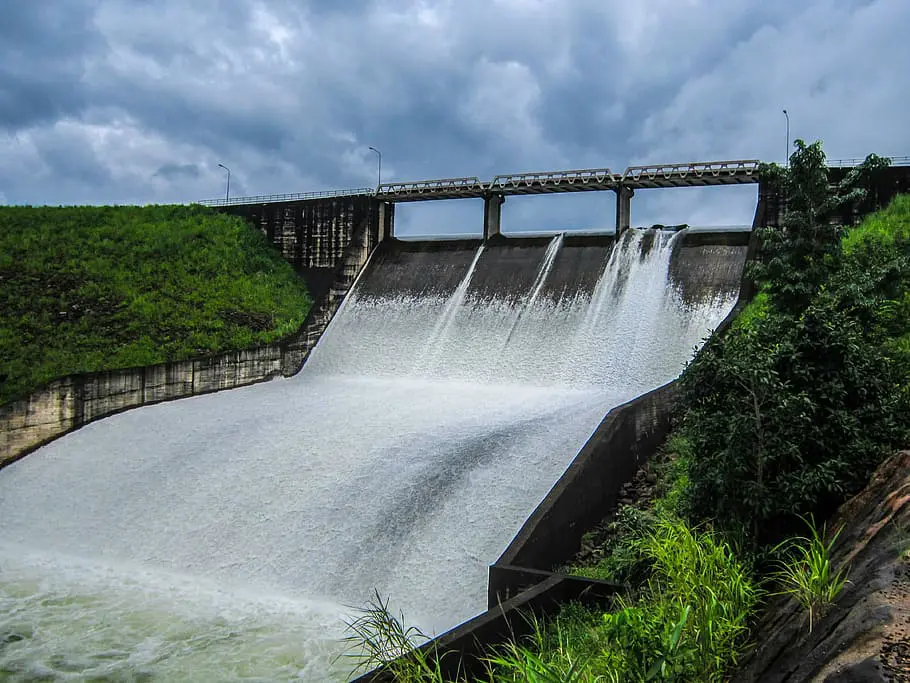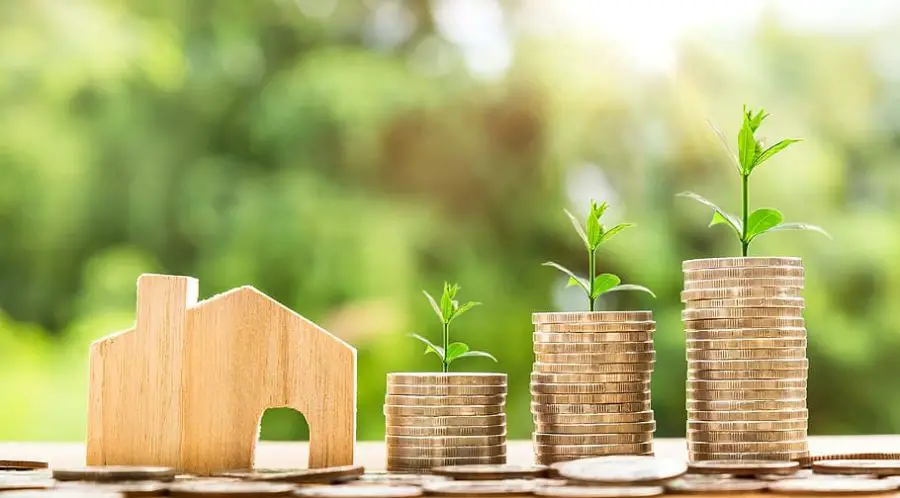
Discover the magic of improving energy efficiency in old houses! Dive into tips that blend history with modern savings in a cozy, eco-friendly home.
To improve energy efficiency in old houses, start with a comprehensive energy audit.
Address air leaks through air sealing, upgrade insulation, optimize heating and cooling systems, and enhance window efficiency without compromising the home’s historic charm.
Improving Energy Efficiency in Older Houses
Ever thought about the charm of those old houses lining the streets?
Now, imagine combining that vintage allure with today’s energy-saving techniques.
That’s right, improving energy efficiency in old houses isn’t just possible; it’s a journey that brings together the best of both worlds!
Energy efficiency in older homes and houses is not just a modern trend but a necessity.
As the world becomes more environmentally conscious, the importance of retrofitting and updating historic structures to be more energy-efficient becomes paramount.
These homes, with their unique architecture and history, present both challenges and opportunities when it comes to thermal bridging and energy conservation.
Just because you have an old home doesn’t mean you can’t save money and reduce your carbon footprint with timely updates. bobvilla
The Historical Context of Older Homes
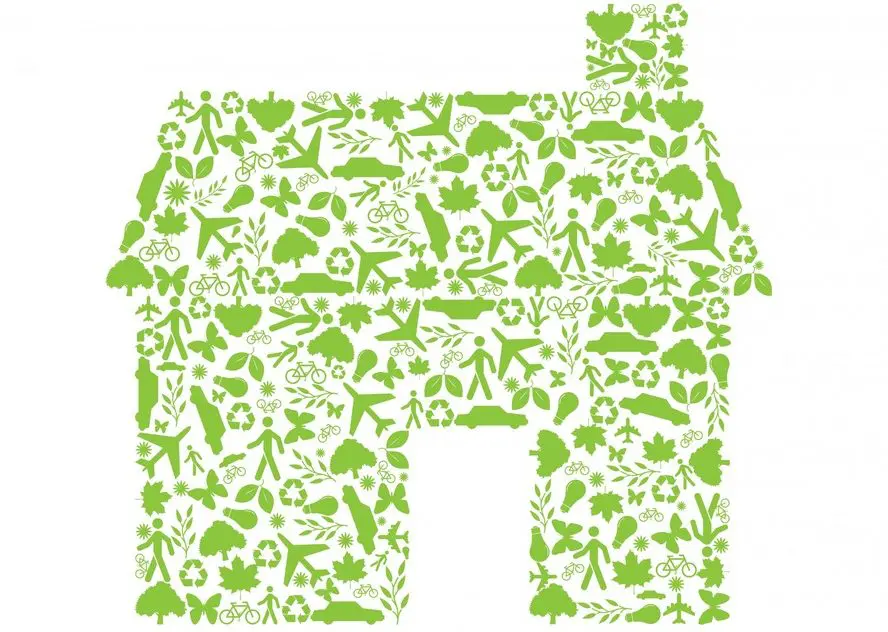
Older homes are a testament to the architectural prowess and design sensibilities of bygone eras.
Understanding their historical context can provide insights into their inherent energy-saving features and how to prevent moisture control issues.
Construction Techniques and Materials of Historic Homes
The way historic homes were built, and the materials used, often differ significantly from modern construction methods.
Recognizing these differences is key to effective energy upgrades.
Environmentally-friendly Features Inherent in Older Homes
Surprisingly, many older homes were designed with features that naturally enhance energy efficiency.
These features, from thick walls to operable windows, can be maximized for modern energy savings.
Maximizing Original Energy-Saving Features
When it comes to older homes, there’s a treasure trove of features that were ingeniously designed for energy conservation long before modern technology came into the picture.
Before you jump into the latest energy-saving gadgets and upgrades, take a moment to appreciate and harness these original features.
They not only add to the home’s character but can also be surprisingly effective in energy conservation.
Passive or Manual Features
The architects and builders of yesteryears had a deep understanding of the local climate and environment.
Without the luxury of modern heating or cooling systems, they had to rely on design and materials to regulate indoor temperatures.
Many older homes come with thick stone or brick walls that act as natural insulators, keeping the house cool during hot summers and warm during chilly winters.
High ceilings allow hot air to rise, keeping living spaces cooler.
Large windows positioned in the direction of prevailing winds can facilitate natural ventilation.
Overhangs and porches were designed to shield interiors from the harsh summer sun while letting in the winter sunlight.
By recognizing and maintaining these passive features, homeowners can reduce their reliance on artificial heating and cooling, leading to substantial energy savings.
Utilizing Inherent Sustainable Features
Beyond their beauty and charm, older homes often come with built-in sustainable features.
These aren’t just architectural quirks; they’re deliberate designs aimed at energy conservation.
Features like shutters, awnings, and pergolas were not just for aesthetics.
They played a role in blocking out the summer sun or letting in the winter light.
Cellars and basements provided cooler storage spaces during hot months.
Even certain architectural elements, like breezeways, were designed to funnel cool air into living spaces.
By understanding and leveraging these inherent features, homeowners can enhance their home’s energy efficiency.
It’s all about working with the home’s original design, not against it.
With a little research and perhaps some expert advice, these features can be restored or adapted to further boost energy savings.
By maximizing these original energy-saving features, homeowners can enjoy a comfortable living space that respects the home’s history while also being environmentally conscious.
Comprehensive Steps to Improve Energy Efficiency
While older homes have their inherent energy-saving features, modern upgrades can further enhance their efficiency.
This includes addressing air infiltration issues and ensuring that the home doesn’t suffer from thermal bridging, making them comparable to new constructions in terms of energy use.
Energy Audit
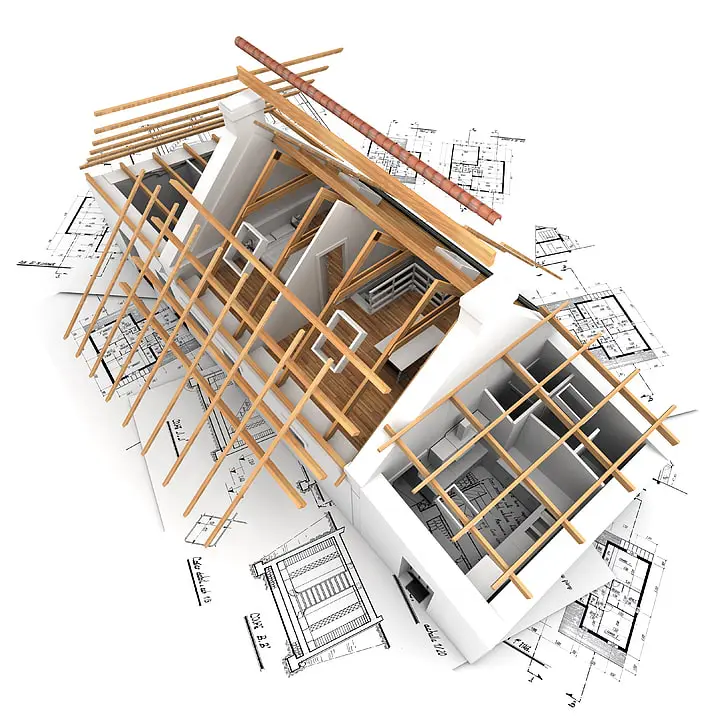
Ever walked through your home and felt a draft, or noticed your energy bills creeping up?
It might be time to consider an energy audit. This process is the detective work of home maintenance, pinpointing exactly where your home is losing energy.
Think of it as a health check-up but for your house!
An energy audit is the first step in understanding where your home is losing energy.
Details:
An energy audit involves a comprehensive assessment of your home’s energy use.
Professionals use specialized tools, such as infrared cameras and blower door tests, to identify areas of energy loss.
This process helps homeowners understand their home’s energy consumption patterns, pinpointing areas that need improvement.
By addressing these issues, homeowners can prioritize upgrades, potentially saving significant amounts on energy bills.
Air Sealing
You know that feeling when the wind howls outside, and you can feel a chilly breeze indoors?
That’s not just the ghost of the past making its presence felt. It’s likely air leaks.
Especially in older homes, these sneaky drafts can be the culprits behind those high energy bills.
But the good news? Addressing these leaks can not only make your home cozier but also lead to some sweet savings.
Air leaks can be a significant source of energy loss in older homes. Addressing these can lead to immediate energy savings.
Details:
Air leaks, often found around windows, doors, and other openings, allow warm air to escape during winter and cool air during summer.
This means your heating and cooling systems have to work harder, consuming more energy.
By sealing these gaps with caulk, weatherstripping, or other methods, homeowners can enhance comfort and reduce energy costs.
Heating and Cooling
Old homes have a certain charm, don’t they? The intricate designs, the history in their walls.
But let’s face it, they weren’t exactly built with modern heating and cooling systems in mind.
Thankfully, with today’s technology, we can introduce efficient heating and cooling solutions that respect the home’s age and character. It’s like giving your old home a modern heart!
Modern heating and cooling solutions can be integrated into older homes without compromising their historic integrity.
Older homes often come with outdated heating and cooling systems that are less efficient.
Upgrading to modern systems, such as ductless mini-splits or geothermal heat pumps, can provide more effective temperature control.
These systems are not only more energy-efficient but can also be installed in a way that preserves the home’s historic character.
Insulation
Imagine wearing a light jacket in the middle of winter. Brrr! That’s what it’s like for an older home without proper insulation.
It’s constantly battling the elements, trying to keep warm in the winter and cool in the summer.
By adding or upgrading insulation, it’s like wrapping your home in a warm, protective blanket, ensuring comfort all year round.
Proper insulation can make a world of difference in an older home, ensuring that it remains warm in the winter and cool in the summer.
Many older homes lack adequate insulation, leading to significant energy loss.
Adding or upgrading insulation in walls, attics, and basements can prevent heat transfer, maintaining a comfortable indoor temperature.
Insulation materials have evolved over the years, with modern options offering superior performance without taking up excessive space or compromising the home’s structure.
Windows

Ah, the windows of an old home! They’ve seen history unfold, witnessed countless sunrises, and have added character to the house.
But, as beautiful as they are, they can sometimes be a bit drafty. The challenge?
Making them more energy-efficient without losing their historic charm. And guess what? It’s entirely possible!
Historic windows are often beautiful but can be a source of energy loss.
However, there are ways to improve their efficiency without replacing them.
While historic windows add character to a home, they might not be as energy-efficient as modern ones.
Instead of replacing them, homeowners can consider solutions like storm windows, window films, or weatherstripping to enhance their efficiency.
These methods maintain the window’s historic charm while reducing drafts and heat transfer.
FAQs
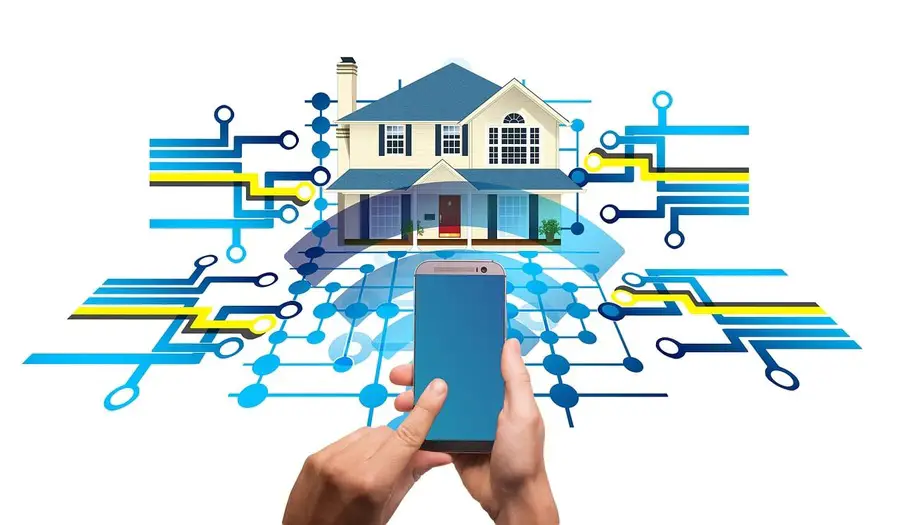
Older homes, with their unique charm and history, often come with a set of challenges when it comes to energy efficiency.
Many homeowners have questions about how to best approach these challenges without compromising the integrity of their historic homes.
Here are some frequently asked questions and their answers to guide you on your journey to a more energy-efficient older home.
Q: Why is it important to conduct an energy audit for older homes?
A: An energy audit identifies areas of energy loss, helping homeowners prioritize upgrades for maximum efficiency and determine the best strategies for energy savings.
Q: How can I identify air leaks in my historic home?
A: Professional energy auditors use specialized tools like infrared cameras and blower door tests to pinpoint air leaks, ensuring that you address the most critical areas of energy loss.
Q: How can I make my older house more energy efficient?
A: Start with an energy audit, then prioritize air sealing, insulation, upgrading HVAC systems, and optimizing original energy-saving features.
Regular maintenance and monitoring can also help maintain efficiency.
Q: How can I make my 100-year-old house more energy efficient?
A: Century-old homes often have inherent energy-saving features.
Maximize these while also focusing on modern upgrades like insulation, efficient heating and cooling systems, and window treatments to enhance energy efficiency without compromising the home’s historic character.
Q: Why are older homes not energy efficient?
A: While older homes may have been built with some energy-saving features, they often lack modern insulation, have outdated heating and cooling systems, and may have drafts or air leaks that contribute to energy inefficiency.
Q: What are three ways to make a house more energy efficient?
A: Three key ways are:
1) Air sealing to reduce drafts and air leaks,
2) Upgrading to energy-efficient appliances and HVAC systems, and
3) Adding or improving insulation in walls, attics, and basements.
Q: What takes the most energy in a house?
A: Heating and cooling systems typically consume the most energy in a home, followed by water heating, appliances, and lighting.
Q: How do most homes lose energy?
A: Most homes lose energy through air leaks (drafts), inadequate insulation, inefficient heating and cooling systems, and outdated appliances.
Windows and doors can also be significant sources of energy loss if they are not well-sealed or insulated.
Conclusion
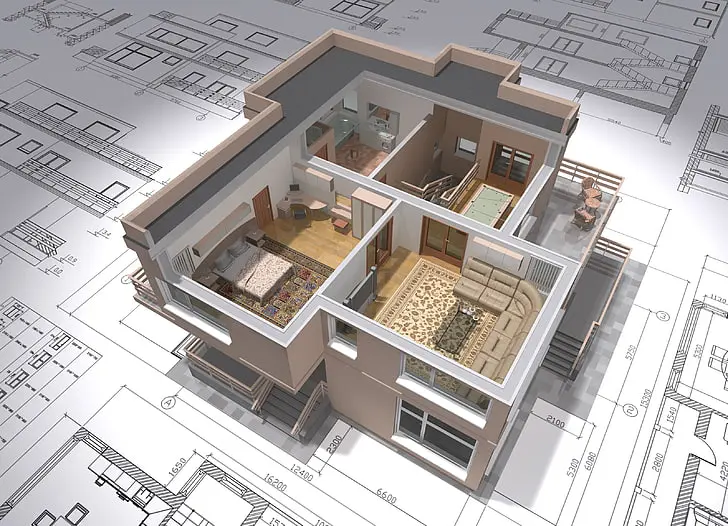
In the journey to make older homes and houses more energy-efficient, it’s crucial to approach the process with respect for the home’s history and architectural integrity.
By combining the best of the old with the innovations of the new, homeowners can enjoy the charm of a historic home that’s also kind to the environment and the wallet.
Regular maintenance ensures that the home remains energy-efficient over time.
The Balance of History and Modern Efficiency
One of the unique challenges of older homes is preserving their historical charm while integrating modern energy-efficient solutions.
As homeowners embark on the journey of improving energy efficiency, it’s essential to strike a balance.
While modern solutions offer significant energy savings, it’s equally crucial to respect and maintain the architectural and historical integrity of older homes.
By carefully selecting energy upgrades that complement the home’s character, homeowners can enjoy the best of both worlds: a home that’s both energy-efficient and historically rich.
The Long-Term Benefits of Energy Efficiency in Older Homes
Investing in energy efficiency for older homes goes beyond immediate energy savings.
It’s a long-term commitment to sustainability and property value enhancement.
While the upfront costs of some energy upgrades might seem daunting, the long-term benefits are manifold.
Energy-efficient homes often have reduced utility bills, increased comfort, and a smaller carbon footprint.
Additionally, as energy efficiency becomes a priority for many homebuyers, older homes with modern energy solutions can see an increase in market value.
This makes the investment not just an environmentally conscious decision but a financially sound one as well.

